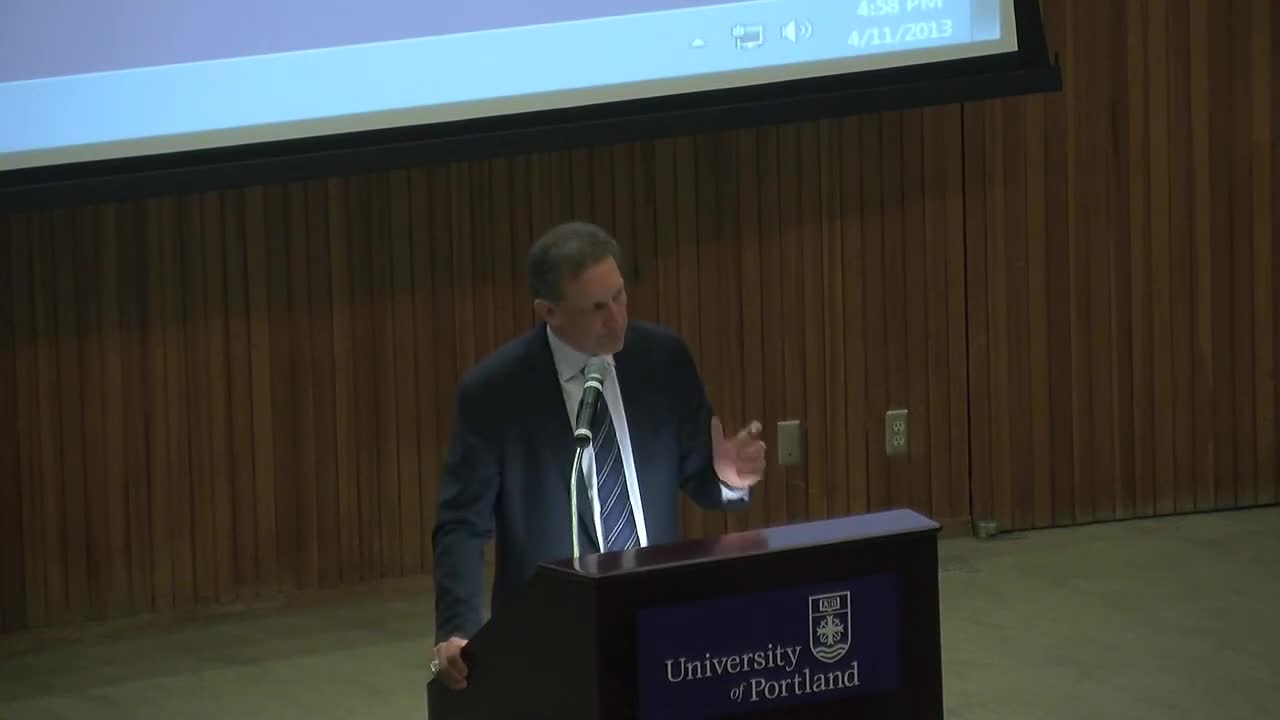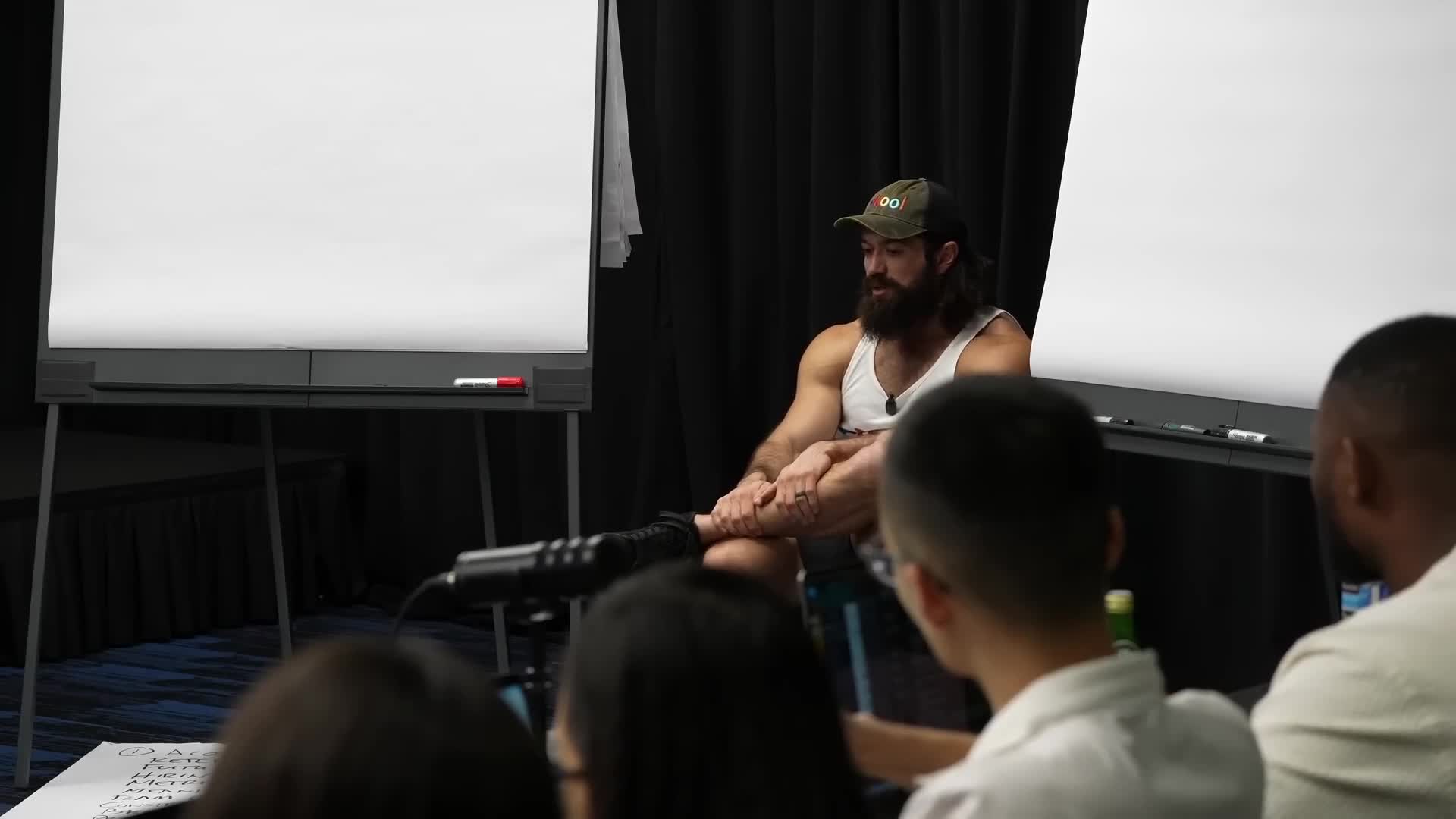Business
Business encompasses a broad range of organizations engaged in commercial, industrial, or professional activities, providing goods or services in exchange for money or value. From small sole proprietorships to large multinational corporations, businesses can take various forms aimed at profit generation or fulfilling non-profit objectives. The primary focus of any business is to create value, serve customers effectively, and maintain profitability. By facilitating economic activity, job creation, and societal development, businesses play a critical role in shaping the economy. Core functions such as accounting, finance, marketing, and research are essential for meeting customer needs and maintaining competitiveness, with effective business strategies leading to sustainable growth. Recently, the business landscape has evolved significantly, integrating advanced technologies and emphasizing sustainability-focused strategies. The adoption of Artificial Intelligence (AI) has transformed operations, enhancing productivity and fueling innovation. Businesses now prioritize AI-related product development as a critical objective, recognizing its potential to improve decision-making and supply chain management. Additionally, sustainability has transitioned from a peripheral branding effort to a core aspect of business strategy, with Environmental, Social, and Governance (ESG) considerations becoming integral to operational practices. This shift aligns with the growing emphasis on the circular economy, which promotes recycling and reuse to minimize waste and reduce costs. In this dynamic environment, understanding the multifaceted nature of business is essential for organizations aiming to thrive in a competitive global market.
How can businesses determine if their product or service will succeed online?
According to Sathya, the key is test marketing. He emphasizes asking yourself where your customers are spending their time—online or offline—and then testing your offerings in the market. If the market responds well, you proceed with selling more and delivering the service. If not, you should reconsider your approach. Sathya stresses that business is fundamentally customer-based, and success depends on understanding market response. Through his experience coaching across 35 different areas, he discovered that virtually any business can thrive online with the right digital marketing strategy. This customer-centric approach helped him transition his own business online even before the COVID-19 pandemic.
Watch clip answer (03:40m)How has the San Francisco Giants utilized social media to connect with their fans?
The Giants have embraced social media as a powerful tool to strengthen their bond with fans, encouraging players and coaches to engage in ways that cement these relationships. Over the past three years, their social media presence has exploded, building a community of 1.6 million Facebook followers, 400,000 Twitter followers, and 200,000 Instagram followers. Larry Baer, the Giants' CEO, emphasizes that social media has been instrumental in further connecting the team with fans in real-time, creating deeper engagement beyond the ballpark experience. This strategy has allowed the organization to integrate fans into the team's narrative and foster a thriving community around baseball.
Watch clip answer (00:43m)What digital marketing strategies can help small businesses get started online?
Small businesses can begin their online journey through several digital marketing strategies. As Torie Mathis explains, these include social media marketing, email marketing, search engine optimization (SEO), and content marketing. For those needing guidance, Mathis offers various resources like videos and articles that help entrepreneurs understand these concepts and implement them effectively. These digital marketing approaches provide cost-effective alternatives to traditional marketing, making them particularly valuable for businesses with limited budgets.
Watch clip answer (00:15m)What approach should entrepreneurs take when starting a business: follow passion or solve business problems?
Bret Taylor suggests both approaches have merit depending on your goal. For passion projects, he enthusiastically encourages following your interests regardless of what others think, noting that many groundbreaking ideas weren't initially believed in (like Gmail). However, if you're aiming to build an enduring, venture-backed company, Taylor emphasizes the importance of solving significant business problems. The key distinction lies in your ultimate objective - personal fulfillment versus creating a lasting enterprise.
Watch clip answer (00:53m)How did a struggling gym owner turn around his failing business?
A gym owner was working exhausting hours - teaching at his gym from 5-9am, working a 9-5 job, then returning to teach evening sessions until 8pm. Despite this schedule, his gym was losing money, requiring his entire primary income to sustain it. With a growing family and no savings left, he reached a breaking point. Instead of pursuing an online fitness business as initially considered, he invested his last $1,000 on a business strategy that focused on making his existing gym profitable. This decision led to remarkable results, generating $38,000 in his first 30 days of implementing the new approach.
Watch clip answer (01:13m)How are federal layoffs impacting businesses beyond those directly affected by layoff notices?
The federal layoffs are creating significant downstream effects in communities like Ashburn, Virginia. While the primary focus has been on employees directly receiving layoff notices, there's a secondary impact on local businesses that support federal workers and contractors. These support businesses are beginning to experience the "echoing effects" of the layoffs as the economic ripples spread throughout the community. The layoffs' impact extends beyond individual federal employees to create a broader economic challenge for businesses dependent on government-related spending, demonstrating how federal workforce reductions affect entire community ecosystems.
Watch clip answer (00:26m)




